Jangchung Gymnasium (장충체육관)
7.0Km 2024-03-12
241, Dongho-ro, Jung-gu, Seoul
+82-2-2128-2800
Jangchung Gymnasium is Korea's first domed gymnasium and opened in 1963. It was renovated in 2015 to become what it is today. It is famous for hosting the Korean Professional Volleyball League during the winter months. The gymnasium also boasts a variety of athletic competitions, cultural performances, and events. Nearby are Jangchungdan Park, Jangchung-dong Jokbal Street, and Dongdaemun Historical and Cultural Park, which are all worth exploring.
Mabongrim Halmeonijip (마복림할머니집)
7.0Km 2024-03-07
5, Dasan-ro 35-gil, Jung-gu, Seoul
+82-2-2232-8930
Mabongrim Halmeonijip specializes in instant tteokbokki. The spicy and flavorful tteokbokki with gochujang sauce is their signature dish. It is served in a hot pot, it can be customized with rice cakes, fish cakes, extra ramyeon noodles, mandu, and other various ingredients. The restaurant is so famous that it is said to be the original restaurant of tteokbokki, and has been featured in several TV programs.
Ave Sports - Dapsimni Branch [Tax Refund Shop] (아베스포츠 답십리)
7.0Km 2024-04-23
209, Dapsimni-ro, Dongdaemun-gu, Seoul
-
Sindang-dong Tteokbokki Town (신당동떡볶이골목)
7.0Km 2022-10-25
10-18, Dasan-ro 33-gil, Jung-gu, Seoul
+82-2-2236-9135
Sindang-dongTteokbokki Town started in the late '70s, although the alley did not become famous until the '80s. At that time, each restaurant had its own DJ booth, with the image of the "cool DJ" who played the music becoming a symbol of Sindang-dong Tteokbokki Town. In addition, this period also marked the prime time of high school baseball where students would crowd the streets on days when Duksoo Commercial High School and Sunrin Commercial High School (now Sunrin Internet High School) played against one another. Although these high school students have aged, they continue to visit the area, reliving their youth and continuing to indulge in the specialty tteokbokki.
However, some claim the history of this alley began in the 1950s. The owner of Mabongnim Halmeoni Tteokbokki restaurant says tteokbokki was being sold as early as 1953 as the area used to be home to Donga Theater and she sold tteokbokki, corn and potatoes to those visiting the theater. At first, tteokbokki was simply made with gochujang (red chili paste) but as time went by, cooks decided the dish could be more than just a snack. By adding ingredients like eggs, cellophane noodles, fish cakes, instant noodles and more recently squid, prawn and cheese, tteokbokki can be made more delicious and turns this beloved snack into a full meal.
I Love Sindangdong Tteokbokki (아이러브신당동떡볶이)
7.0Km 2024-03-07
50, Toegye-ro 76-gil, Jung-gu, Seoul
+82-2-2232-7872
Situated in Sindang-dong Tteokbokki Town, I Love Sindangdong Tteokbokki is a famous tteokbokki restaurant. Tteokbokki is a typical Korean street food, consisting of rice cakes made with flour or rice flour and stir-fried in red chili paste. The rice cakes are simmered in a broth with seasonings, along with fish cakes, vegetables, boiled eggs, mandu, and other ingredients. The best thing is that the dish can be customized with various ingredients such as cheese, ramyeon noodles, chewy noodles, and ham. Leftover broth can be fried with rice for a satisfying meal.
National Museum of Korea (국립중앙박물관)
7.0Km 2025-06-30
137 Seobinggo-ro, Yongsan-gu, Seoul
The National Museum of Korea houses a vast collection of artifacts from ancient times to the modern era in a wide range of topics, including art and culture. The museum houses a Children's Museum, where visitors can learn more about the nation's history through educational programs and experiences. The outdoor grounds feature pagodas and other stone artworks too large to be on display inside.
In addition to galleries with a wide array of national and international pieces, the National Museum of Korea is a stage for a number of cultural activities related to collection, preservation, research and analysis, social training, academic publications, intercultural exchange programs, concerts, and more.
Childrens Museum of the National Museum of Korea (국립중앙박물관 어린이박물관)
7.1Km 2021-09-15
137, Seobinggo-ro, Yongsan-gu, Seoul
+82-2-2077-9000
The Children’s Museum of the National Museum of Korea is an experience-oriented museum where children can see, touch, and feel history through hands-on programs and games. The permanent exhibition hall displays replicas of historical items so children can learn about Korea’s cultural heritage in a fun and interactive way. Children can also experience the lifestyle and wisdom of the past through experience programs.
Stay Passport Sindang Ryokan (스테이 패스포트 신당 료칸)
7.1Km 2025-04-24
33 Nangye-ro 11-gil, Jung-gu, Seoul
Stay Passport Sindang Ryokan offers a four major room types: "Goyo" and "Sohyang," designed for two who seek privacy and relaxation away from the busy city life; "Pungryu," accommodating up to four people, perfect for family guests or a group of friends; and "Pungyo," designed to offer utmost relaxation.
Nike - Olympic Branch [Tax Refund Shop] (나이키 올림픽)
7.1Km 2024-04-18
1F, 1329, Yangjae-daero, Gangdong-gu, Seoul
-
Standard Eyewear [Tax Refund Shop] (스탠다드안경원)
7.1Km 2024-06-27
134, Dongjak-daero, Seocho-gu, Seoul
-
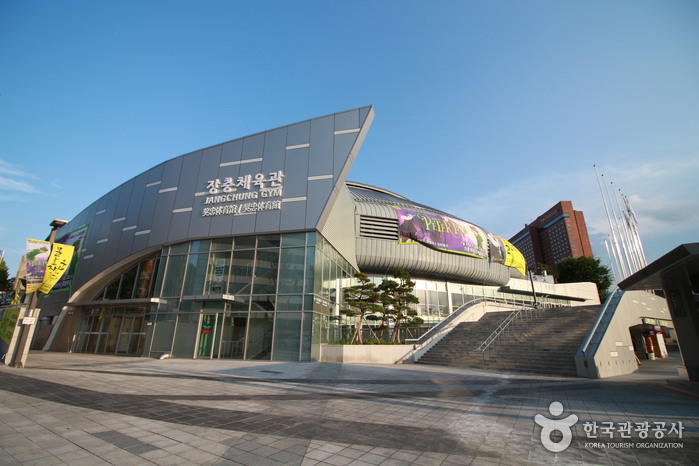
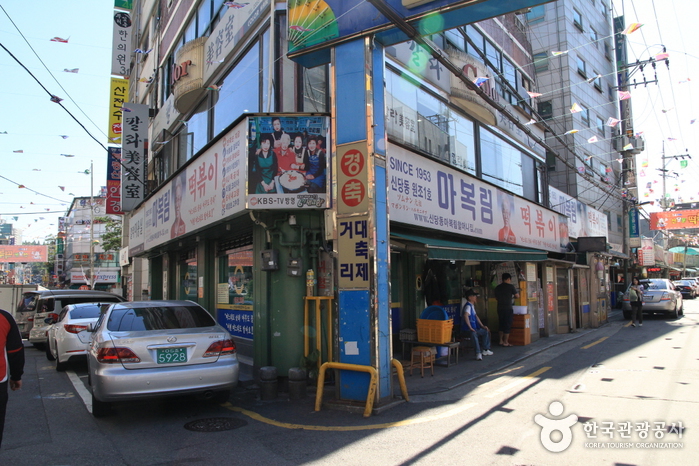
![Ave Sports - Dapsimni Branch [Tax Refund Shop] (아베스포츠 답십리)](http://tong.visitkorea.or.kr/cms/resource/11/2889011_image2_1.jpg)
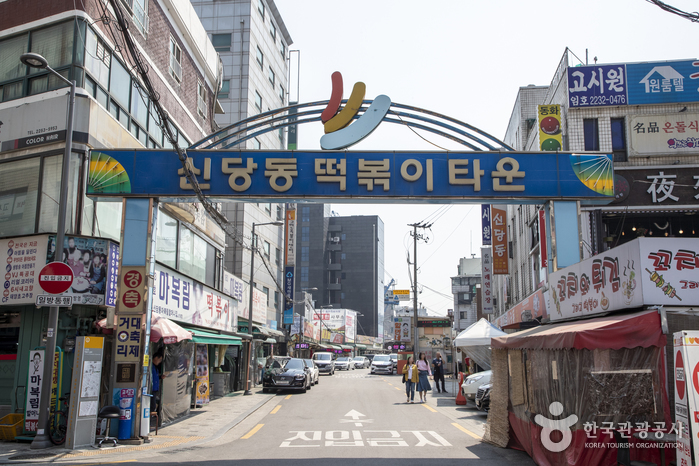

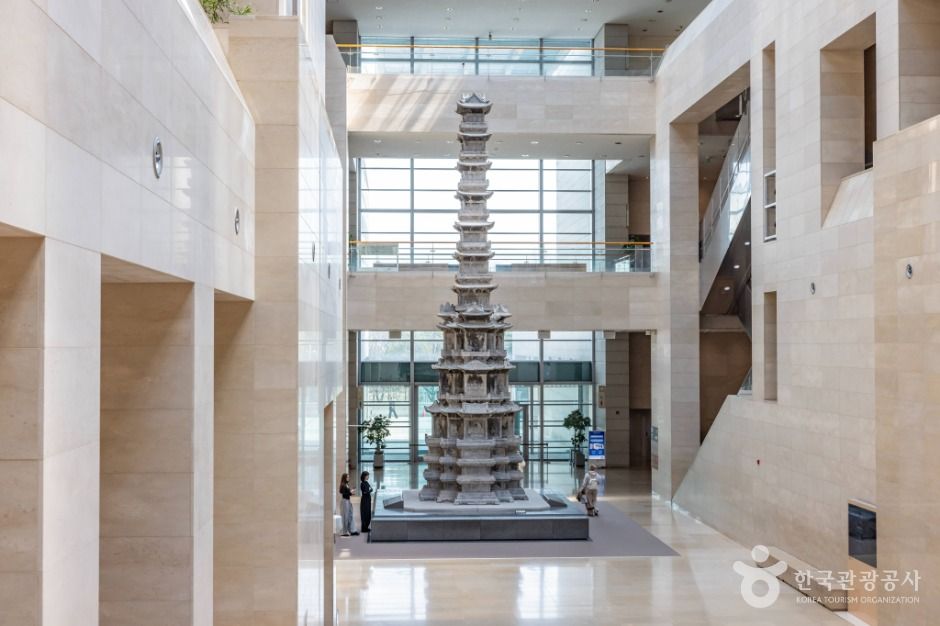
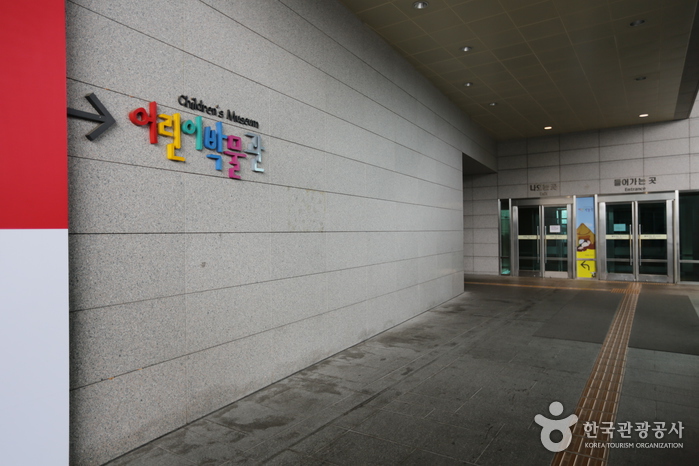
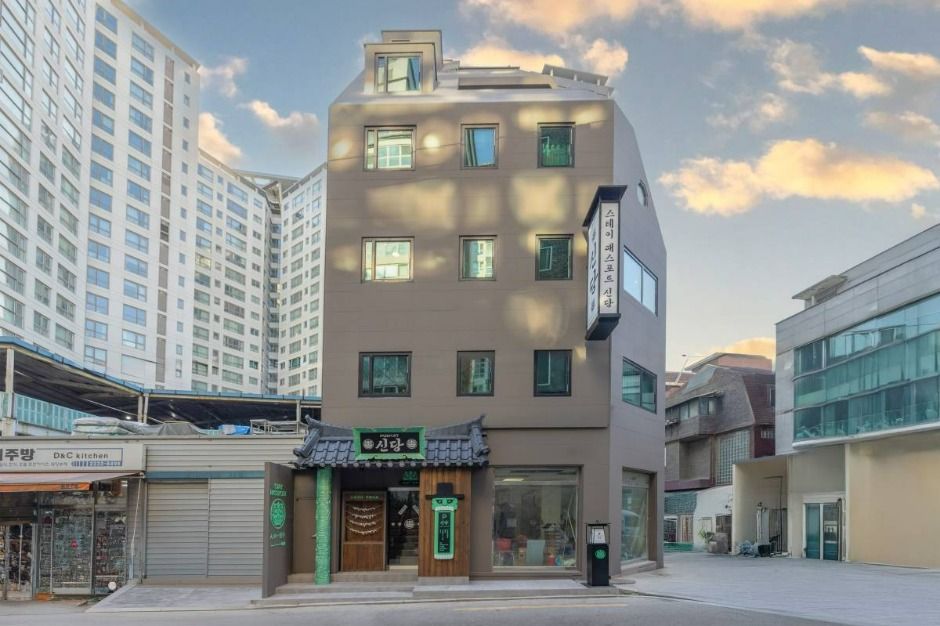
![Nike - Olympic Branch [Tax Refund Shop] (나이키 올림픽)](http://tong.visitkorea.or.kr/cms/resource/96/2878896_image2_1.jpg)
![Standard Eyewear [Tax Refund Shop] (스탠다드안경원)](http://tong.visitkorea.or.kr/cms/resource/06/3313906_image2_1.jpg)
 English
English
 한국어
한국어 日本語
日本語 中文(简体)
中文(简体) Deutsch
Deutsch Français
Français Español
Español Русский
Русский